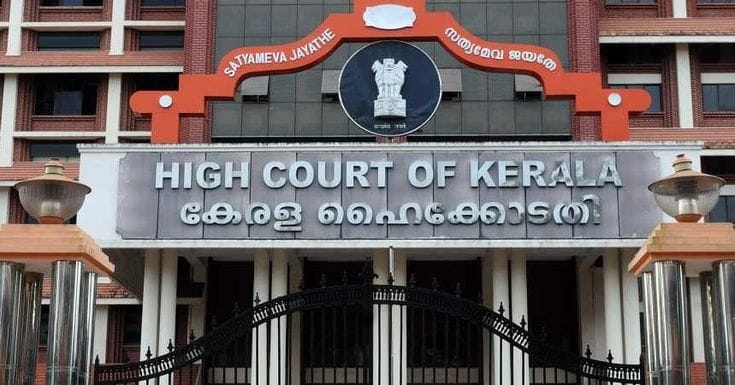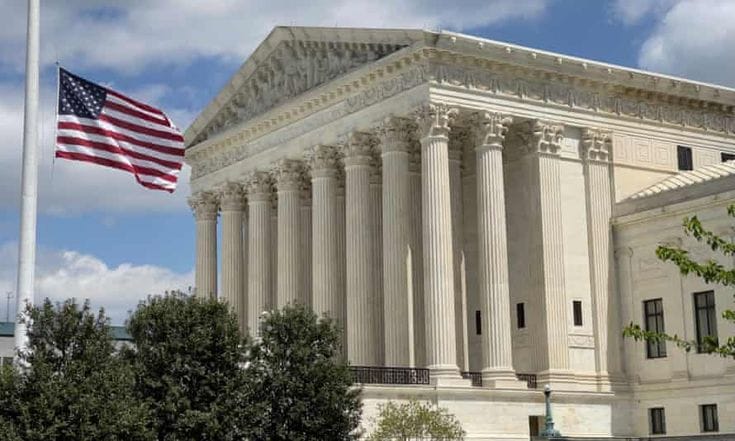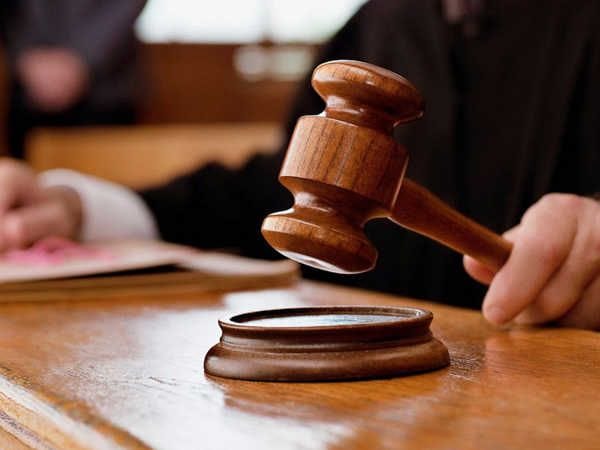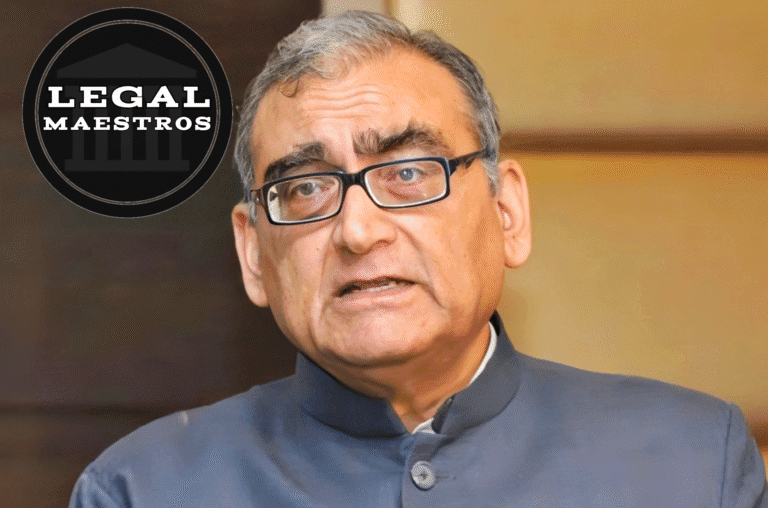
Linking Delhi Heatwaves to Article 21: Protecting the Constitutional Right to Life Amid Climate Crisis
Introduction
The capital city, Delhi, has been witnessing severe heatwaves on an increasing basis, threatening the well-being and health of citizens immensely. Apart from disturbing regular life, the scorching heat also gives rise to crucial questions regarding the safeguarding of rights that have been enshrined in the Indian Constitution. Of particular mention here is Article 21, which guarantees a right to life and personal liberty that is enormously affected by the ill effects of climate change. This piece examines the point of intersection of Delhi’s growing heatwaves and Article 21, underlining the imperative to protect the people’s constitutional rights in the age of climate crises.
Growing Heatwaves in Delhi: A Growing Concern
Over the past few years, Delhi has been experiencing unprecedented heatwaves, with temperatures reaching unprecedented heights. In June 2024, for example, the city suffered through its longest-ever heatwave, with temperatures consistently above 43°C and rising as high as 52°C. These intense conditions have caused extreme water shortages, health emergencies, and higher death rates. The Indian Ministry of Health registered more than 100 deaths due to heat and over 40,000 suspected heatstroke cases between March and June 2024.
Article 21: Right to Life and Personal Liberty
Article 21 of the Indian Constitution reads: “No person shall be deprived of his life or personal liberty except according to procedure established by law.” The provision has been interpreted liberally by the courts to include aspects of life and has even been extended to the right to a healthy and clean environment. The Supreme Court of India has all along held that environmental pollution, which threatens life, is covered under Article 21.
For More Updates & Regular Notes Join Our Whats App Group (https://chat.whatsapp.com/DkucckgAEJbCtXwXr2yIt0) and Telegram Group ( https://t.me/legalmaestroeducators ) contact@legalmaestros.com.
For More Updates & Regular Notes Join Our Whats App Group (https://chat.whatsapp.com/DkucckgAEJbCtXwXr2yIt0) and Telegram Group ( https://t.me/legalmaestroeducators )
Judicial Recognition of Environmental Rights
The Indian judiciary has been instrumental in affirming and enforcing environmental rights as an integral part of the right to life. In a historic judgment in April 2024, the Supreme Court clearly enunciated that the right against the negative impacts of climate change is included within Articles 14 and 21 of the Constitution. The Court underlined that in the absence of a clean and stable environment, the right to life cannot be realized in its entirety.
Climate Change and Its Impact on Fundamental Rights
The harmful impacts of climate change, for example, excessive heatwaves, directly impact the right to life by influencing health, lowering the life expectancy rate, and weakening the quality of life. According to the Supreme Court, those conditions such as air pollution, increased temperatures, and shortages in food due to crop failures are expressions of climate change that undermine the right to health, which is a constitutive part of the right to life.
State’s Responsibility for Reducing Climate Change Impacts
The acknowledgment of the right against the negative effects of climate change places a responsibility on the state to adopt measures that counter these consequences. These involve creating and enforcing policies that curb the production of greenhouse gases, advancing sustainable city development, and providing access to resources for climate change adaptation. Lack of clear legislation addressing climate change does not exempt the state from its obligation to safeguard the basic rights of citizens.
Delhi’s Response to Heatwaves: The Need for a Heat Action Plan
Even with the increasing frequency and intensity of heatwaves, Delhi has been taken to task for its slow pace in adopting a Heat Action Plan (HAP). In June 2023, Greenpeace India brought attention to the urgent necessity of having such a plan, pointing out that more than 60% of Delhi’s population resides in informal settlements and are thus disproportionately exposed to excessive heat. Lack of a HAP increases the vulnerability of such populations, which violates their right to life and health.
Urban Design and Architectural Implications
The use of Western architectural designs in Delhi has also resulted in the exacerbation of heat effects. The indigenous Indian architecture, which was tailored to the local climate, has given way to concrete and glass buildings that trap heat and raise energy demands for cooling. This change not only raises indoor temperatures but also causes the urban heat island effect, adding to residents’ vulnerability to health and wellness risks.
Water Shortage During Heatwaves
Delhi heatwaves have also caused acute shortages of water, especially in slums. People have to depend on government water tankers, and this results in chaotic situations and fights over access to water. The inability of the state to provide sufficient water supply during times of extreme heat violates the right to life, as access to water is vital for survival and health.
Protecting Vulnerable Populations
Certain groups, such as outdoor laborers, are disproportionately affected by heatwaves. Workers in sectors like brick kilns face unbearable conditions, leading to heat exhaustion and other health issues. The state has an obligation to implement policies that protect these vulnerable populations, ensuring safe working conditions and access to necessary resources to cope with extreme heat.




